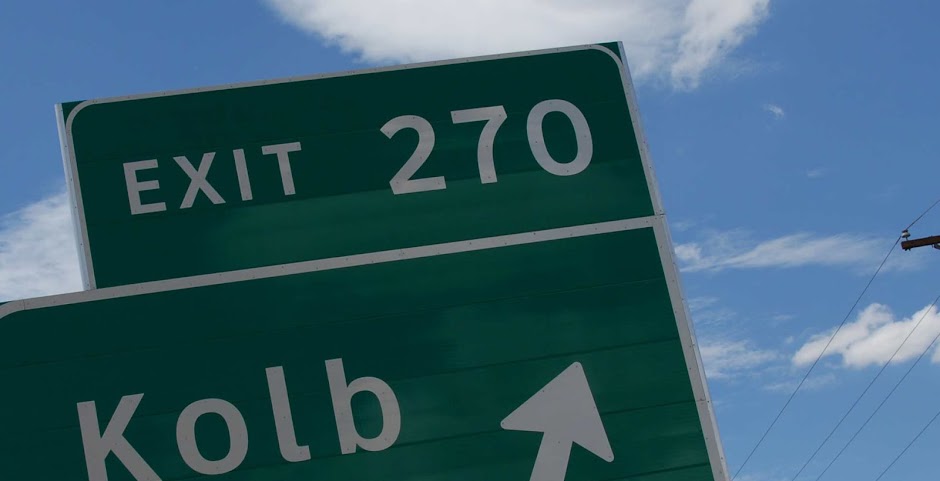Photography is stimulation for the mind. My mind triggers a thought, and my
hand reaches for a camera -what follows is an image. Even when I don't
have a camera in my hands - I am mentally photographing what I feel and see,
with the hopes of reproducing that thought or image at a later date. Sometimes
it works and other times what I thought I saw just doesn't happen. It is
the creative process that the camera allows me to participate in what I
love. It becomes a life style of constant images and thoughtful
observation of life around me.

I don't think this is a process that has a series of steps that you follow-
it is something inside you, an urge to create. The most expensive
photographic equipment will not make you a photographer. However, how we
see and use that equipment is the key. We can all look at a subject and
see it differently and this is probably due in part to our psychological
makeup. I think the photographer is more emotionally aware of everything
around him or her than the average person. And, isn't this somewhat how
we define an artist.

Personally, being an only child - growing up you find yourself involved in
more imaginary play. In your early years you are the center of your small
universe since there are no other siblings to challenge this assumption.
I think this allows you to focus more intently on everything around you -you
possible see what others seem to pass over. You are alone with yourself
and tend to focus on interesting patterns and shapes that surround your
environment. However, as you are introduced to others outside this only
child world you become more open to new ideas -but also question since you tend
to be more focused on what you are being introduced to. You might say
your artistic thoughts have become merged with new ideas that you pick and
choose and mold into a final creative thought pattern that becomes your
core. However, that core is still based on those early years -just a
little finally tuned.

Photography
can allow you to get close to who you are if you choose to open your mind to
the possibilities. And this really is
the start of the creative process. The
creative process is a lot of what if's -that seem to fluctuate between
imagination and fantasy. A lot of
grasping at the separate elements of the idea and building upon it until it
becomes a reality.









